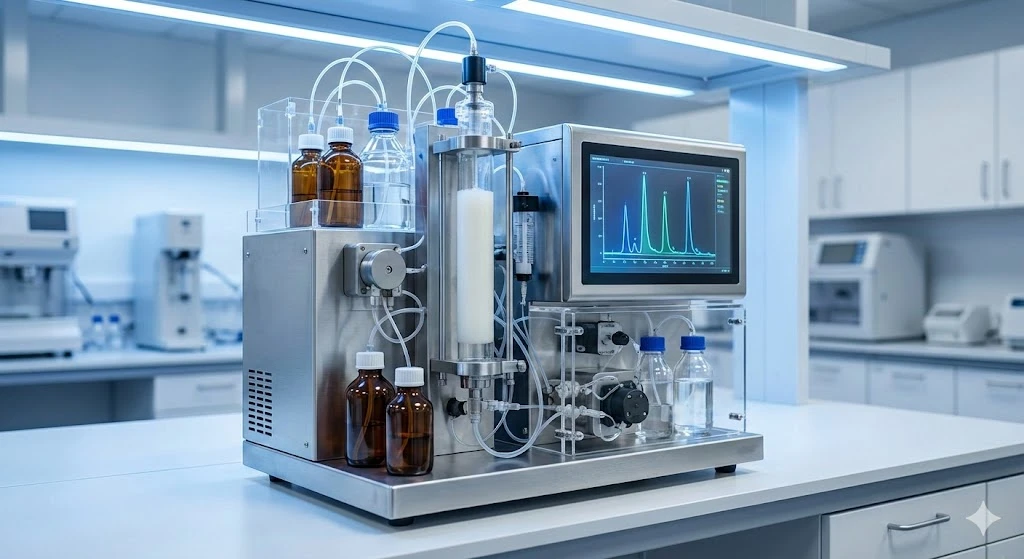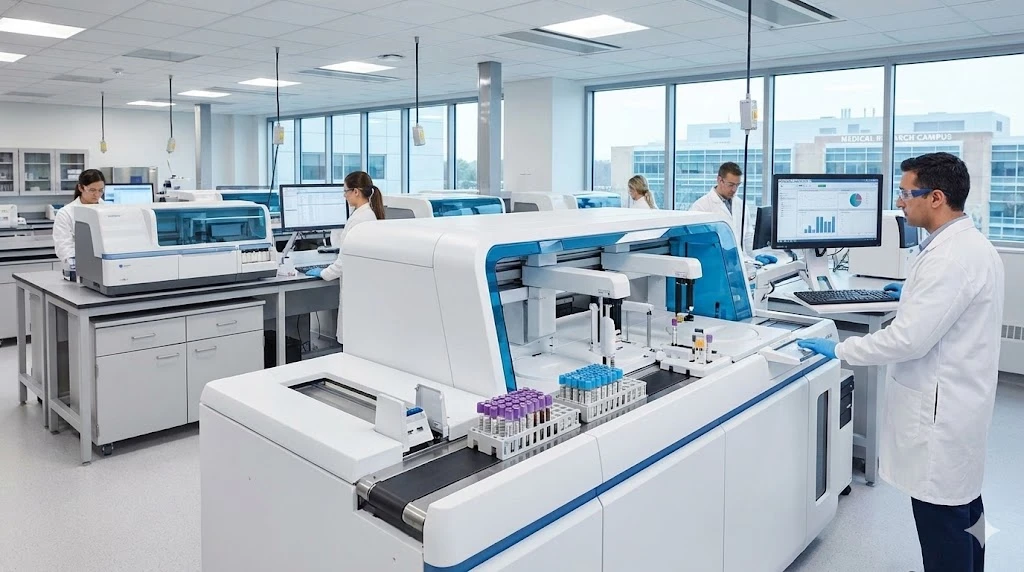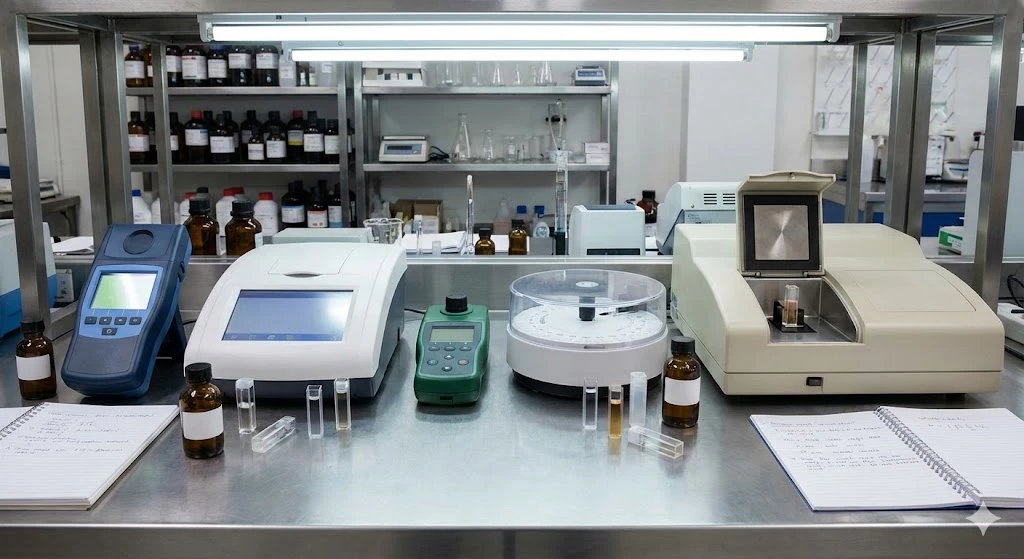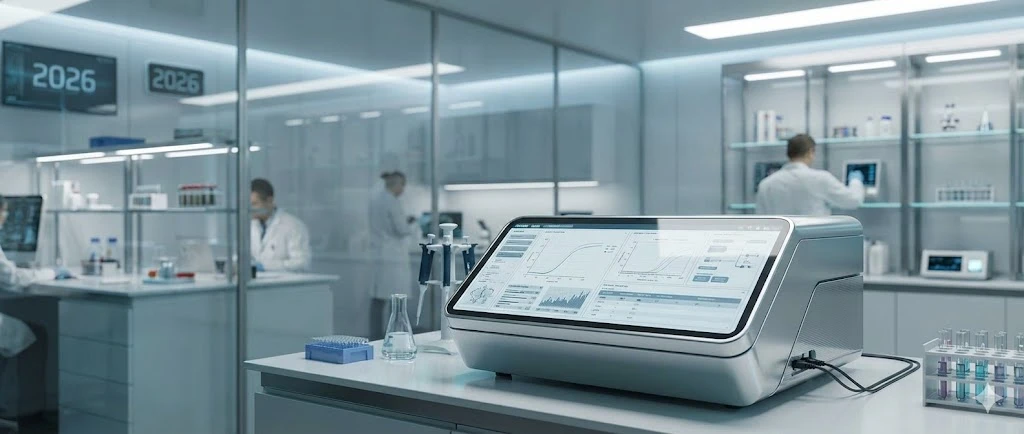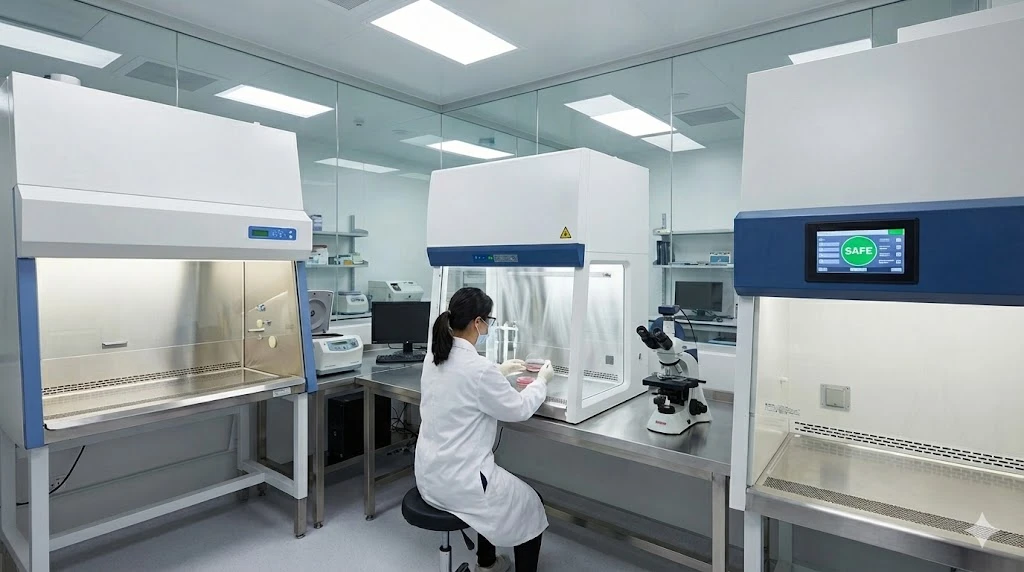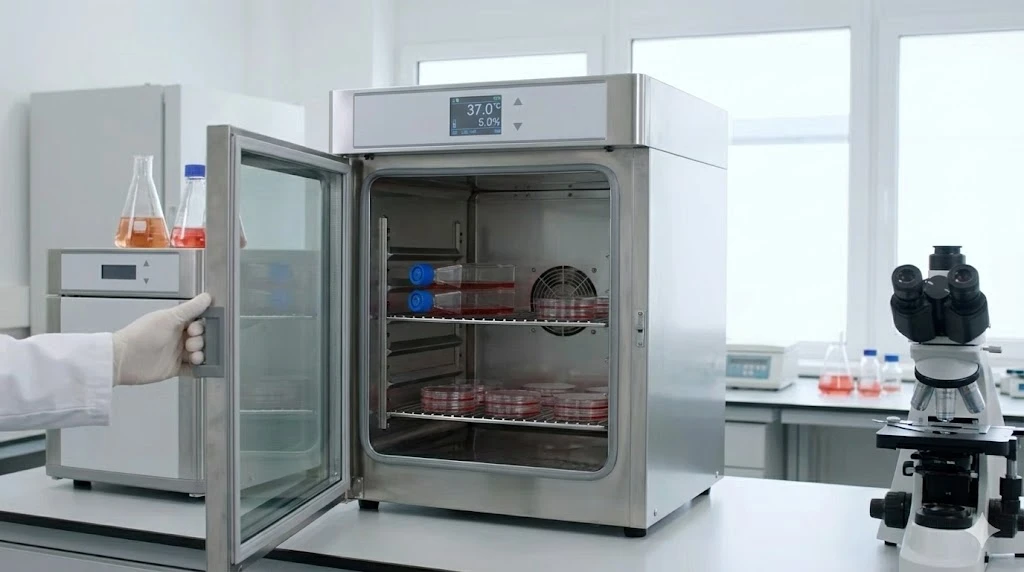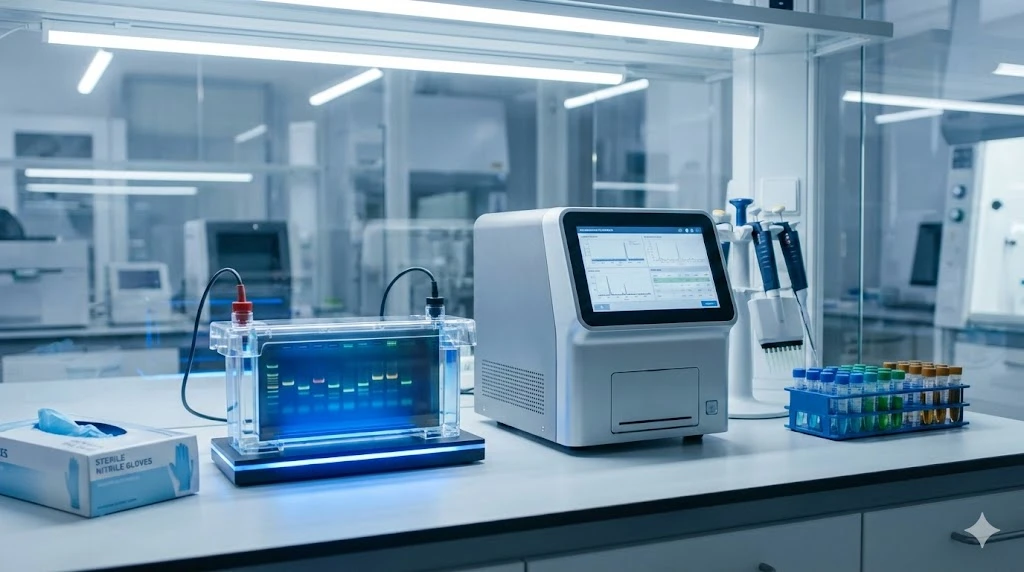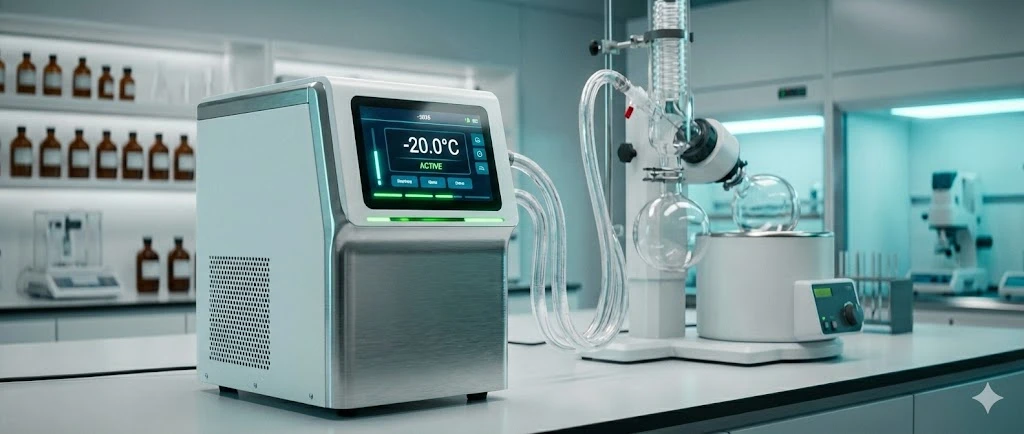From Lab to Grid: Power Management and Testing Equipment for Renewable Energy Development
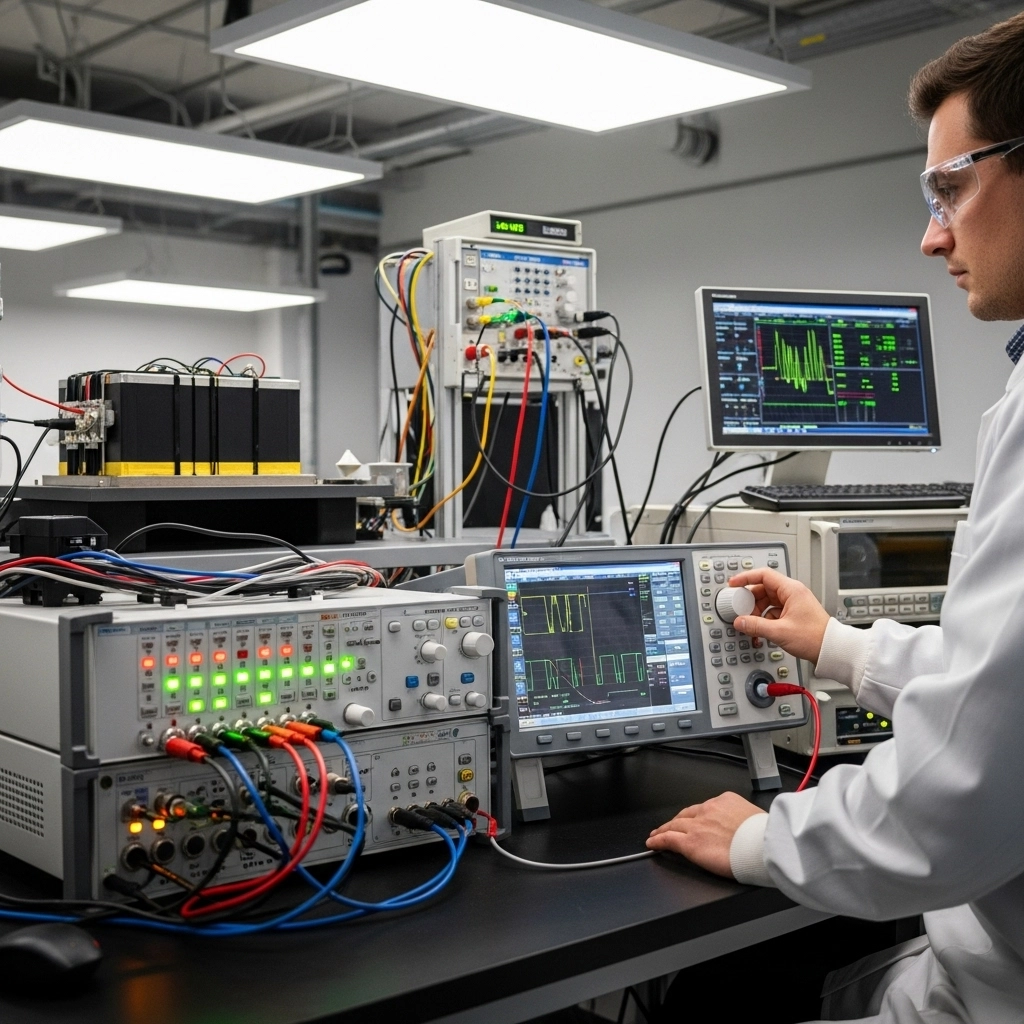
ImageFX (2025)
The journey of a new renewable energy technology doesn't end when a breakthrough is made in the lab. For a novel solar cell, a next-generation battery, or a high-efficiency fuel cell to make a real-world impact, it must be successfully integrated into our existing electrical infrastructure—the grid. This transition from a controlled research environment to a dynamic, real-world application is where two critical disciplines come to the fore: power management systems and advanced testing equipment. For laboratory professionals, mastering these areas is no less important than the initial discovery. They are the essential tools that validate a technology's performance, ensure its reliability and safety, and ultimately, prove its viability for commercial deployment. This article explores the fundamental role of these components in bridging the gap between lab-scale prototypes and grid-scale reality, equipping researchers with the knowledge needed to power the future.
Power Management Systems & Inverters: The Core of Renewable Energy
Power management is the art and science of controlling the flow and characteristics of electrical energy. In renewable energy development, this is a non-negotiable step, as most lab-scale prototypes produce power that is not yet in a usable format for the grid or for real-world devices.
Key Power Management Components:
Power Converters: At the heart of most renewable energy systems are power converters. These devices are responsible for converting electrical energy from one form to another.
DC-DC Converters: Adjust the voltage level of direct current (DC) power from sources like solar panels or batteries to match the requirements of the load or the next stage of conversion.
DC-AC Inverters: This is arguably the most crucial component for grid integration. Inverters transform the DC power produced by a solar array or a battery storage system into alternating current (AC) power, which is the standard format used by the electrical grid and most home and industrial appliances. The efficiency and reliability of an inverter are paramount for a renewable energy system's overall performance.
Maximum Power Point Tracking (MPPT): For variable sources like solar panels, MPPT technology is a vital aspect of power management. This is a control technique that ensures the system consistently extracts the maximum possible power from the source, regardless of changing conditions like sunlight intensity or temperature.
Grid Interconnection: The final stage of power management involves the sophisticated electronics that connect the renewable source to the grid. These systems must meet stringent safety and power quality standards, including:
Voltage and Frequency Regulation: Ensuring the AC power's voltage and frequency match the grid's specifications.
Anti-Islanding Protection: A safety feature that automatically disconnects the system from the grid if the grid's power supply fails, preventing the local system from energizing a de-energized grid line.
Testing & Measurement Equipment for Renewable Energy Development
Once a power management system is in place, its performance and the performance of the renewable energy device itself must be rigorously tested. Without accurate data, it's impossible to prove a technology's efficiency, identify design flaws, or guarantee its long-term reliability.
Core Testing Equipment and Their Functions:
Equipment Type | Primary Function | Key Metrics Measured | Relevance to Renewable Energy |
|---|---|---|---|
Precise measurement of electrical power and energy parameters. | Voltage, current, power (active, reactive, apparent), power factor, harmonics, efficiency. | Essential for calculating a system's true efficiency and power quality. Identifies energy losses and potential grid issues. | |
Electronic Load Banks | Mimics a variable electrical load to test power supplies and energy storage systems. | Battery discharge curves, power supply stability, thermal performance under stress. | Simulates real-world conditions to test battery capacity, inverter output, and power system stability without a physical load. |
Collects and logs data from multiple sensors and instruments over a period of time. | Temperature, voltage, current, pressure, gas concentrations, light intensity. | Captures long-term performance trends and environmental impacts. Crucial for life cycle testing and degradation studies. | |
Visualizes electrical signals, showing waveform shape and characteristics. | Waveform distortion, signal integrity, timing relationships, noise. | Used for debugging power electronics, analyzing transient events, and ensuring clean, stable power output from inverters. |
The use of these tools is not a one-time step but a continuous process. For example, a data acquisition system may be used to log the performance of a prototype over months, while a power analyzer can provide a snapshot of a system’s efficiency under a specific set of conditions.
Validating Renewable Energy: From Lab Data to Grid Integration
The ultimate goal of using power management and testing equipment is to produce a comprehensive data package that validates a technology's readiness for commercialization. This data moves beyond simple performance metrics to address the complex requirements of reliability, safety, and grid compatibility.
How Data-Driven Development Accelerates Deployment:
Efficiency and Reliability Modeling: Data collected from power analyzers and load banks is used to create highly accurate models of a technology's efficiency under various operating conditions. This allows researchers to predict performance and identify potential failure points before deployment.
Safety and Standards Compliance: Testing equipment is used to ensure a system complies with international safety standards (e.g., IEC, UL). For example, oscilloscopes are used to verify anti-islanding protocols are working correctly, and load banks can test a system’s ability to handle overloads without failure.
Performance Validation: A thorough testing regimen provides a validated set of data that can be used to convince investors, partners, and grid operators of a technology's robustness and value. This data-backed confidence is often the final hurdle a technology must clear before it can leave the lab and be scaled for mass production.
Holistic System Analysis: By connecting data from different instruments (e.g., power data from an analyzer with thermal data from a data acquisition system), researchers can gain a holistic understanding of how different components interact. This reveals subtle inefficiencies and helps in optimizing the entire system, not just individual parts.
The Validation Pathway. ImageFX (2025)
Conclusion: Power Management and Testing for Future Energy Grids
The development of renewable energy is a multi-faceted endeavor that extends far beyond the initial scientific discovery. For lab professionals, understanding and implementing effective power management systems and leveraging state-of-the-art testing equipment are the critical steps that transform a promising experiment into a tangible, grid-ready solution. These tools provide the data and the control necessary to ensure that every innovation is not just efficient in theory but is also safe, reliable, and ready to meet the demands of a sustainable, electrified future. By focusing on these essential areas, researchers can solidify their role as not just innovators, but as builders of the modern energy grid.
FAQ
Q1: What is the primary function of a power inverter in a renewable energy system?
A1: A power inverter's primary function is to convert the direct current (DC) power generated by sources like solar panels or batteries into alternating current (AC) power, which is the standard format used by the electrical grid and most commercial and residential devices.
Q2: Why are electronic load banks so important for testing renewable energy technologies?
A2: Electronic load banks are crucial because they can precisely simulate different electrical loads to test a power source's stability, capacity, and thermal performance under a variety of real-world conditions without needing a physical load.
Q3: How do power analyzers help in the development of new renewable energy devices?
A3: Power analyzers provide highly accurate measurements of key electrical parameters like voltage, current, and power quality. This data is essential for calculating a device’s true efficiency, identifying energy losses, and ensuring the power output meets grid standards.
Q4: What is the role of data acquisition systems in long-term renewable energy testing?
A4: Data acquisition systems are used to collect and log data from multiple sensors over extended periods. This is vital for long-term performance trend analysis, degradation studies, and validating a technology's reliability and durability over its expected life cycle.

